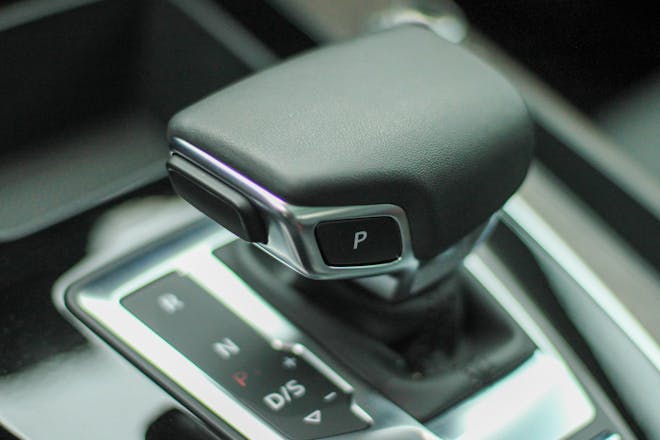Reverse Searing Bistecca: The Ultimate Guide to Perfection
When it comes to preparing a succulent bistecca, reverse searing is a technique that promises a perfectly cooked steak every time. This method, which involves slow-cooking the steak before giving it a final sear, has gained popularity among steak aficionados for its ability to produce a steak that’s evenly cooked from edge to edge with a delectable crust.
The Basics of Reverse Searing Bistecca
Before diving into the intricacies of the reverse sear method, it’s important to understand what sets it apart from traditional searing. Typically, a steak is seared at high temperatures to develop a crust, then transferred to a lower heat to finish cooking. Reverse searing flips this process on its head, starting with a low-temperature cook and ending with a high-heat sear.
Choosing the Right Cut
Not all steaks are created equal when it comes to reverse searing. Thicker cuts of bistecca, usually at least 1.5 inches thick, are ideal for this technique. Look for cuts like ribeye, porterhouse, or T-bone, which have sufficient marbling to benefit from the slow-cooking process.
Preparation and Seasoning
Begin by patting your bistecca dry and seasoning it generously with salt and pepper. Some prefer to season the steak hours in advance or even overnight to allow the salt to penetrate and tenderize the meat. However, if time is short, seasoning just before cooking works as well.
The Slow Cook
Preheat your oven or grill to a low temperature, around 225°F (107°C). Place your seasoned bistecca on a wire rack set over a baking sheet, and insert a meat thermometer into the thickest part of the steak. Cook until the steak reaches an internal temperature about 10-15 degrees lower than your desired final temperature.
The Final Sear
Once your bistecca reaches the target temperature, remove it from the oven and let it rest while you heat a skillet or grill to high heat. Sear the steak for 1-2 minutes on each side to develop a rich, caramelized crust. This high-heat finish not only improves flavor and texture but also provides the steak with an appetizing appearance.
Tips for Mastering Reverse Searing
To achieve the perfect reverse seared bistecca, there are a few additional tips and tricks to keep in mind:
- Use a reliable thermometer: The key to reverse searing is precise temperature control. An accurate meat thermometer is essential for monitoring the steak’s internal temperature.
- Resting is crucial: Allow your steak to rest after the initial slow cook. This pause helps the juices redistribute, ensuring a moist and tender bistecca.
- High-heat equipment: For the final sear, use a cast-iron skillet or a grill that can achieve high temperatures to ensure a quick and even crust formation.
- Finishing touches: After searing, rest the steak for a few minutes more and consider adding a pat of butter, fresh herbs, or a sprinkle of flaky sea salt for an extra layer of flavor.
Pairing with Sides
Complement your reverse seared bistecca with sides that match its robust flavor. Roasted vegetables, creamy mashed potatoes, or a crisp salad are all excellent choices that won’t overshadow the star of the meal.
Incorporating the reverse sear method into your cooking repertoire will elevate your bistecca to new heights of flavor and texture. With practice, you’ll find that reverse searing is not just a technique but an essential skill for any steak lover.
